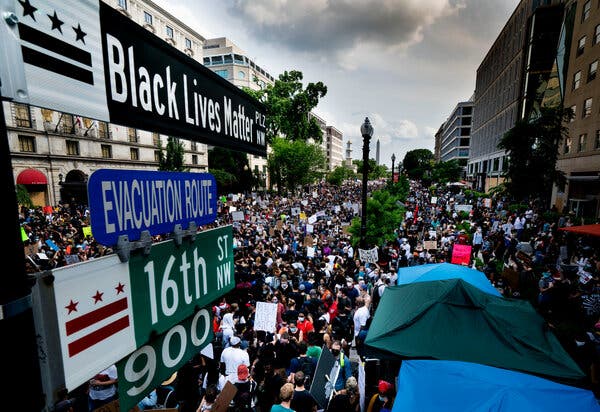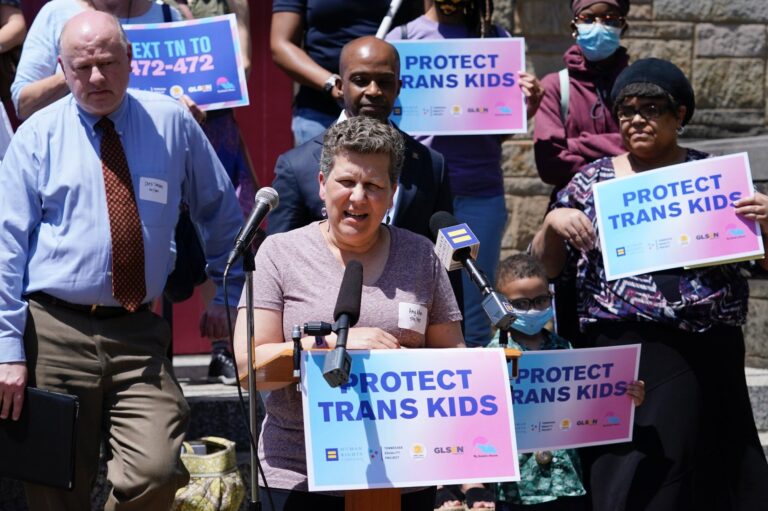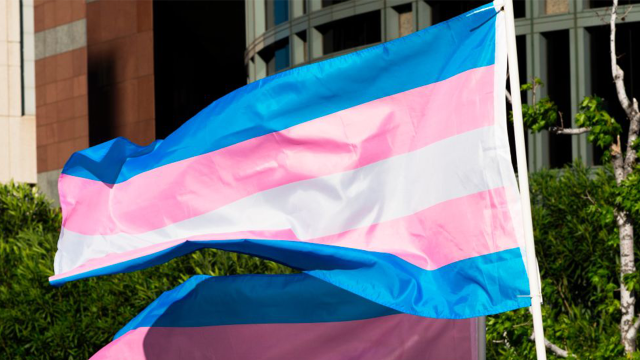Feminist Climate Justice: Ideas for a Sustainable Future
Feminist Climate Justice: A Path to a Greener Tomorrow
In a world increasingly aware of climate change, the intersection of gender and environmental justice has become a focal point for many advocates and activists. Now, you might be wondering, “What does feminism have to do with climate change?” The answer lies in the concept of Feminist Climate Justice, which emphasizes that environmental issues can’t be effectively addressed without considering gender dynamics. It’s about advocating for a sustainable future that respects and uplifts marginalized voices, especially women, who often bear the brunt of climate crises.
Understanding Feminist Climate Justice
Feminist Climate Justice isn’t just a buzzword; it’s a comprehensive approach that intertwines feminism with climate action. Let’s break this down a bit.
Why Gender Matters in Climate Action
First off, why should we care about gender in the context of climate justice? Well, it’s quite simple — climate change isn’t just an environmental issue; it also impacts social structures and inequalities. Women, particularly in developing countries, are often the most affected by climate disasters due to existing social and economic inequalities. Here are a few worth considering:
- Women make up a large portion of the agricultural workforce, which is heavily impacted by climate change.
- Access to resources like water and food often falls disproportionately on women.
- In many cultures, women are the primary caregivers, which places additional burdens on them during climate-related crises.
Recognizing these facts is the first step toward crafting solutions that not only mitigate environmental damage but also empower women.
The Intersection of Feminism and Sustainability
When we talk about sustainability, it’s essential to remember that it isn’t a one-size-fits-all approach. The intersection of feminism and sustainability emphasizes that the pursuit of a greener planet must also consider the unique challenges faced by women.
So, let’s paint a picture: Imagine a community facing severe droughts due to changing weather patterns. Women in that community often have the responsibility of sourcing water, and when resources are scarce, their lives become increasingly difficult. Here, addressing the climate crisis without including women’s voices is like trying to fix a broken vase without considering where the cracks are.
Rethinking Development: The Need for Inclusive Policies
Moving forward, we must advocate for inclusive policies that consider gender-specific impacts and involve women in decision-making processes.
Policy Recommendations for Feminist Climate Justice
Inclusion isn’t just a nice-to-have; it’s essential for effective climate action. Here are some policy recommendations that can help integrate feminist principles into climate action:
-
Empower Women in Decision-Making: Ensure that women have a seat at the table in climate negotiations. Their experiences can offer invaluable insights.
-
Adopt Gender-Responsive Climate Strategies: Climate policies should address the differing impacts on genders. For instance, investing in women-led sustainable practices can drive tangible results.
-
Education and Training: Providing education and resources on sustainable practices specifically for women can enhance resilience in communities.
- Access to Financial Resources: Facilitate access to funds for women-led businesses focusing on sustainable development. Capital can empower them to create lasting change.
By adopting these strategies, we’re not just addressing climate change; we’re building a foundation for equality and empowering the next generation of female leaders.
Grassroots Movements: Women at the Forefront of Change
Have you ever noticed how grassroots movements often bubble up from those who are directly affected? Women have been at the forefront of climate activism, advocating for change and resilient practices in their communities. Their local knowledge and lived experiences can be the catalysts for broader change.
Examples of Women Leading the Charge
The world has seen inspiring examples of women spearheading climate action. Let’s look at a few:
-
Wangari Maathai: The founder of the Green Belt Movement in Kenya, she inspired communities to plant trees and advocate for environmental protection.
-
Berta Cáceres: A Honduran environmental activist who fought against the exploitation of natural resources and was an advocate for indigenous rights until her tragic murder in 2016.
-
Greta Thunberg: A young Swedish climate activist whose school strike for climate ignited a global movement, inspiring millions of young people to demand action on climate change.
These formidable women remind us that change starts at the grassroots level and that women possess the knowledge and determination to drive meaningful action.
Climate Justice Education: Spreading Awareness and Action
Another vital piece of the puzzle is climate justice education. Increasing awareness about how climate issues intersect with gender can drive public support for radical changes needed in global policies.
Engaging Communities
To foster a culture of climate awareness and activism, we can:
-
Host Community Workshops: Organize events focusing on the impacts of climate change on women and ways to empower them.
-
Create Educational Materials: Develop resources that highlight the relationship between gender and climate justice.
-
Social Media Campaigns: Utilize platforms like Instagram and Twitter to amplify women’s voices and share enlightening stories related to climate action.
Education is a powerful tool that has the potential to turn passive observers into active participants in the fight for climate justice.
The Role of Technology and Innovation
In today’s digital age, technology plays a crucial role in advancing feminist climate justice initiatives.
Leveraging Tech for Change
Technology can act as a bridge, enabling women to connect, learn, and become leaders in climate action. Here’s how we can leverage tech:
-
Online Platforms: Utilize social media and websites to create spaces where women can share experiences and strategies regarding climate resilience.
-
Mobile Applications: Develop apps to help women track climate impacts and adapt their practices, especially in agriculture.
-
Online Courses: Offer courses that equip women with knowledge about sustainable practices and climate science, ensuring they have the necessary skills to lead change.
The Digital Divide
However, while technology enables progress, we need to ensure that access isn’t limited. The digital divide can also worsen inequalities if women in rural areas lack access to the internet or tech tools. Efforts must be made to bridge these gaps.
Call to Action: Everyone Has a Role to Play
Now, let’s get real. Climate change affects us all, and assuming that someone else will take care of it is like waiting for a Knight in shining armor.
Your Role in Feminist Climate Justice
Whether you’re a student, a professional, or simply a citizen of this planet, there are steps we can all take:
-
Educate Yourself and Others: Use your voice to spread awareness about feminist climate justice. The more we know, the more equipped we all become.
-
Support Local Initiatives: Back women-led initiatives in your community or support businesses championing eco-friendly practices.
-
Advocate for Change: Engage with policymakers and push for inclusive policies that consider gender perspectives in climate action.
- Participate in Activism: Join movements that align with your values or start your own! Every little action counts.
Remember, climate justice is not just an environmental issue; it’s about equity, empowerment, and a sustainable future for all.
Conclusion
Feminist climate justice is a powerful paradigm that demands attention in our quest for a sustainable future. By recognizing the unique challenges faced by women in the context of climate change and actively engaging them in the fight, we’re not just fighting for the planet; we’re fighting for an equitable society.
So, the next time you hear someone mention climate justice, think about the women in your community and around the world who are leading the charge. Their stories need to be told, their voices must be amplified, and their rights must be secured. Together, we can pave the way for a greener, fairer tomorrow.
FAQs
-
What exactly is feminist climate justice?
Feminist climate justice is an approach that integrates gender perspectives and advocates for women’s rights within the framework of addressing climate change. -
Why is gender important in climate action?
Gender matters because women are often disproportionately affected by climate impacts due to existing social inequalities, and their perspectives are crucial for creating effective solutions. -
How can individuals support feminist climate justice?
Individuals can support feminist climate justice by educating themselves, advocating for inclusive policies, supporting local women-led initiatives, and engaging in activism.
-
What are some successful examples of women leading climate action?
Women like Wangari Maathai, Berta Cáceres, and Greta Thunberg have had significant impacts in climate activism, from grassroots projects to global movements. -
What role does technology play in feminist climate justice?
Technology serves as an enabler, providing tools for education, empowerment, and connectivity among women involved in climate action, though efforts must be made to ensure all women have access to these resources.







